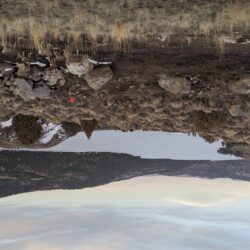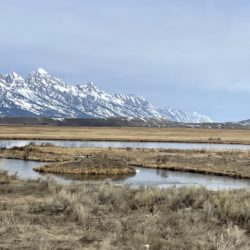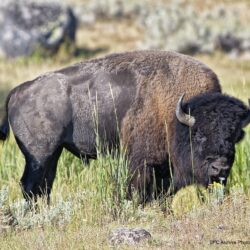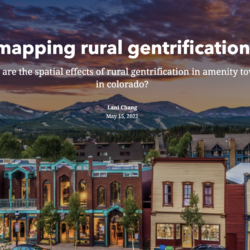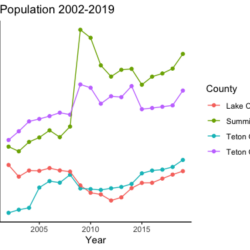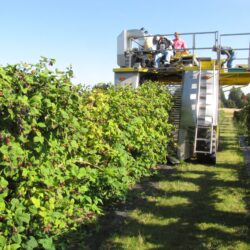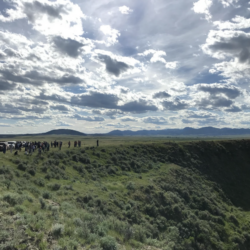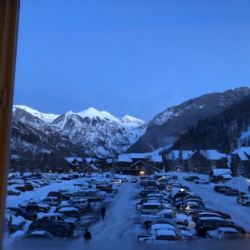Defining Spring in a Dynamic World—Rob Anderson
What is spring? This may seem like an obvious question, but over the last few months I have come to appreciate that it is not as easy to answer as I once thought. The definition of springtime may change depending on where you are, who you are, and what you deem to be important in Read more about Defining Spring in a Dynamic World—Rob Anderson[…]

